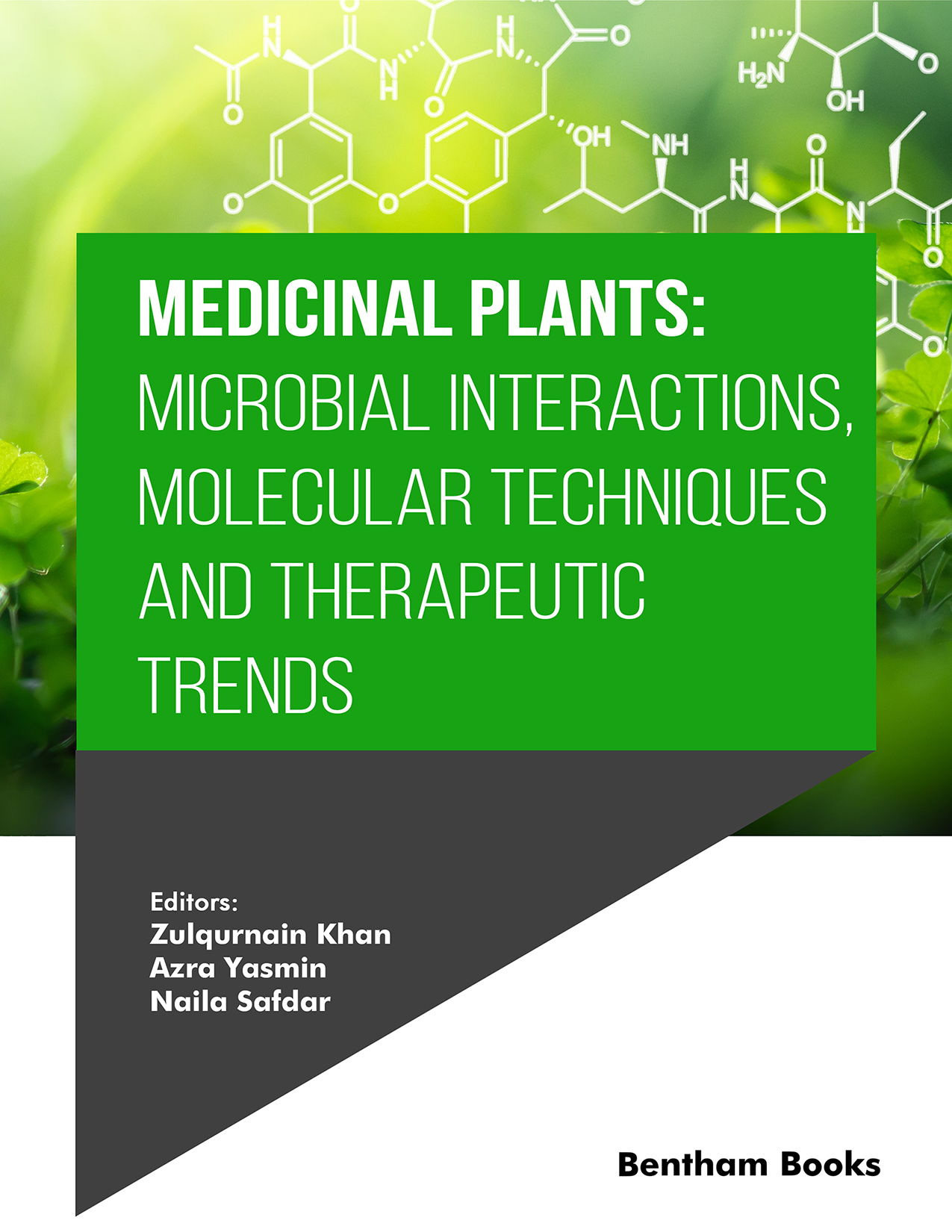Introduction
Medicinal Plants: Microbial Interactions, Molecular Techniques, and Therapeutic Trends is a comprehensive exploration of the fascinating world of medicinal plants, their therapeutic advancements, and the application of molecular techniques to unlock their full potential. This book is structured into three illuminating sections, each shedding light on different facets of this rapidly developing field.
Section 1: Exploring Plant-Microbe Interactions
Covers the relationship between microbes and plants, the historical context and the pivotal role of microbes in shaping the future of medicinal plants. Discover the diverse array of bacteria associated with these plants and grasp their significance in enhancing the medicinal value of plants.
Section 2: Harnessing Molecular Techniques
Covers cutting-edge molecular techniques such as genome editing and modern breeding methods to optimize the genetic traits of medicinal plants. By understanding these techniques, readers will learn how to enhance plant growth, yield and quality.
Section 3: Nanotechnology for Therapeutic Enhancement
Covers nanotechnology and its transformative impact on medicinal plants. The section highlights emerging nano-engineering technology that can revolutionize the therapeutic properties of these plants.
Medicinal Plants: Microbial Interactions, Molecular Techniques, and Therapeutic Trends is a book for Interdisciplinary readers: students, scientists, academics, and industry professionals alike.
Whether you're a student, scientist, academic, or industry professional, this book is your gateway to the evolving world of plant-based medicine.
Readership
Students, scientists, academics, and industry professionals in plant sciences and pharmaceutical chemistry

